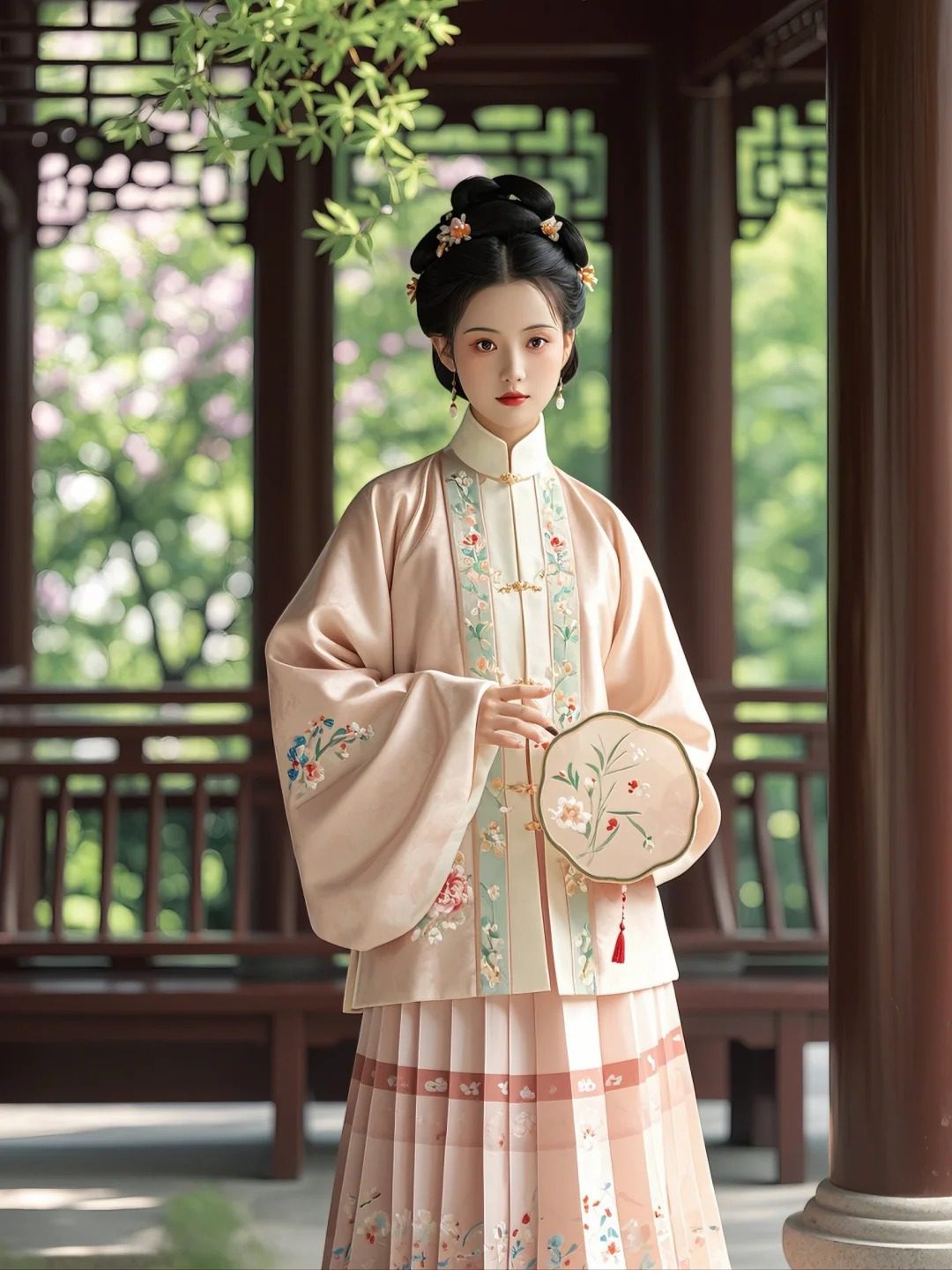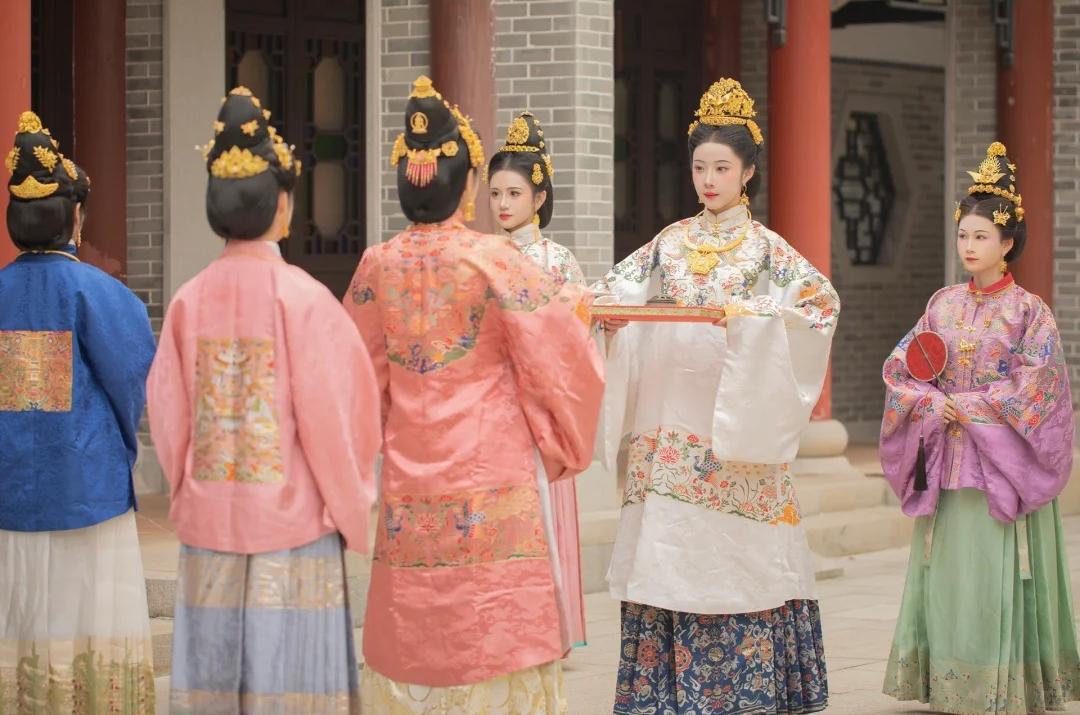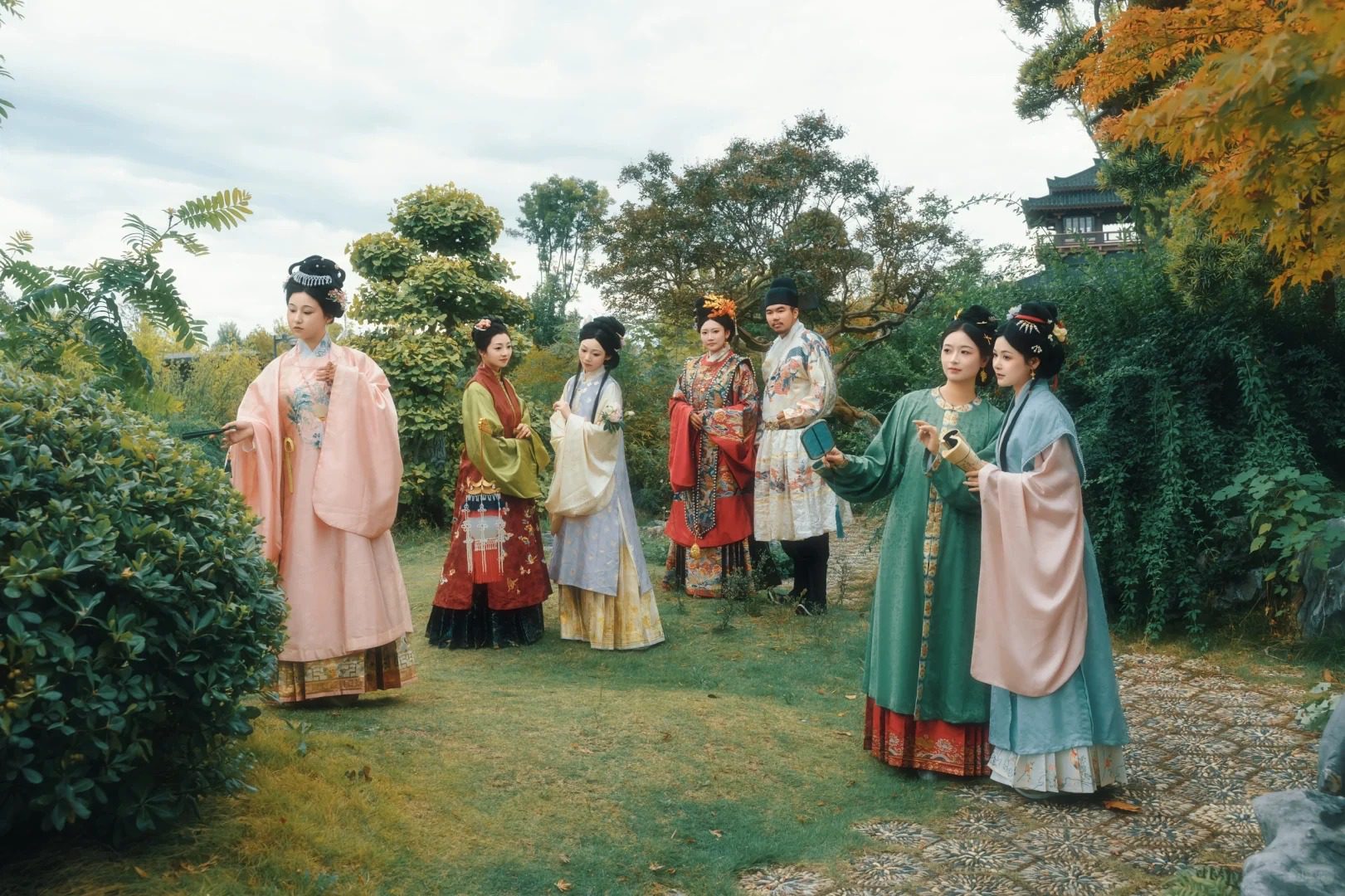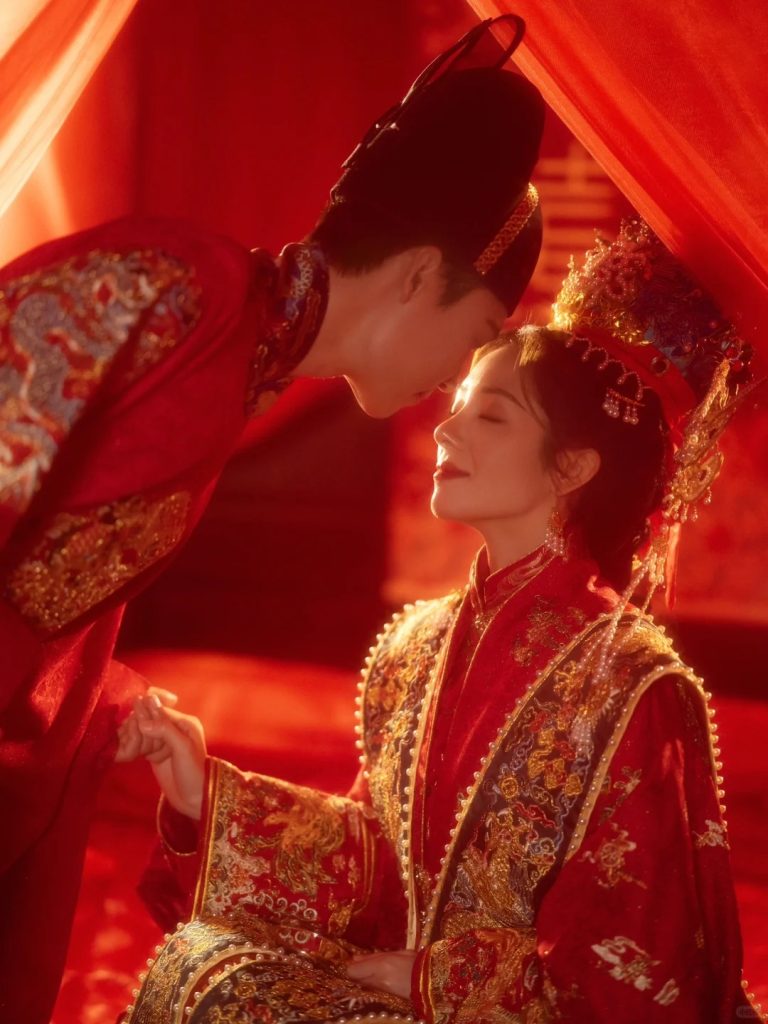Ming Dynasty: Dignified and refined, why the Ming hanfu has become the mainstay of the modern hanfu revival?

In recent years, Hanfu culture has flourished both domestically and internationally, with Ming-style Hanfu being particularly favored. Whether in daily outfits, photography sessions, or cultural events, Ming-style Hanfu appears more frequently than Hanfu from other dynasties. So, why has Ming-style Hanfu become the dominant style in the modern Hanfu revival? This article explores this phenomenon from four aspects: aesthetic appeal, clothing structure, cultural identity, and restoration feasibility.

1. Elegant and Refined: Aesthetic Appeal That Matches Modern Tastes
Ming-style Hanfu is known for its graceful yet practical design. Features such as standing collars, pankou (frog buttons), horse-face skirts, and bijia (sleeveless vests) create a refined and dignified look that aligns with modern beauty standards. Unlike the flowing styles of the Han dynasty or the extravagant designs of the Tang dynasty, Ming-style Hanfu follows the natural body lines, presenting a balance between subtle elegance and structured formality.

Additionally, Ming-style Hanfu incorporates exquisite embroidery and traditional patterns such as round floral motifs, ocean waves, and cloud shoulders, which showcase traditional craftsmanship while making it easier for modern adaptations. These designs make Ming-style Hanfu especially attractive to young enthusiasts.
2. Practical Structure: Suitable for Daily Wear

Compared to Hanfu from the Han, Wei-Jin, or Tang-Song periods, Ming-style Hanfu is relatively simple in structure, making it more convenient to wear. The horse-face skirt, for example, has a symmetrical front and back panel design that retains its traditional aesthetic without being overly complicated. It can be easily paired with Han-style or modern clothing, making it more accessible for everyday wear.
Moreover, clothing pieces like bijia (vests), straight-collared jackets, and beizi (long coats) blend well with contemporary outfits. This “everyday Hanfu” trend has significantly contributed to the widespread acceptance of Ming-style Hanfu.
3. Strong Cultural Identity and Historical Significance
As the last Han-ruled dynasty in Chinese history, the Ming dynasty had a well-established clothing system influenced by Confucian values, making it a strong symbol of Han cultural identity. Unlike Qing dynasty Manchu-style clothing, Ming-style Hanfu is more readily embraced by Hanfu enthusiasts seeking to revive traditional Han Chinese attire.
Furthermore, TV dramas, variety shows, and social media promotions have greatly boosted the popularity of Ming-style Hanfu. Hit dramas like Serenade of Peaceful Joy, Under the Power, and The Longest Day in Chang’an have showcased the beauty of Ming dynasty clothing, deepening public appreciation and interest.

In summary, Ming-style Hanfu dominates the Hanfu revival due to its elegant aesthetics, practical structure, strong cultural identity, and ease of restoration.
While Hanfu from other dynasties may gain popularity in the future, Ming-style Hanfu is likely to remain a key force in the Hanfu movement, playing a crucial role in preserving and promoting traditional Chinese clothing culture.





Responses